While fresh produce often gets the spotlight for being the healthiest option, don’t overlook the frozen aisle on your next grocery run. Frozen foods can be superior in both flavor and nutritional value, especially when they’re processed right at peak ripeness. This article will guide you through the select foods that are actually better to buy frozen than fresh. Find out which staples you should be stocking up on to make your meals easier and your diet richer.

Berries

Berries like strawberries and blueberries lose nutrients quickly; freezing them preserves these nutrients and their vibrant flavor, making them perfect for smoothies and desserts. They’re also much more affordable in their frozen form than fresh.
Broccoli

Frozen broccoli is flash-frozen close to harvest time, ensuring that it retains higher levels of vitamin C and other nutrients compared to its fresh counterpart, which may degrade during transport. Frozen broccoli can still be made deliciously crispy in the air fryer.
Spinach
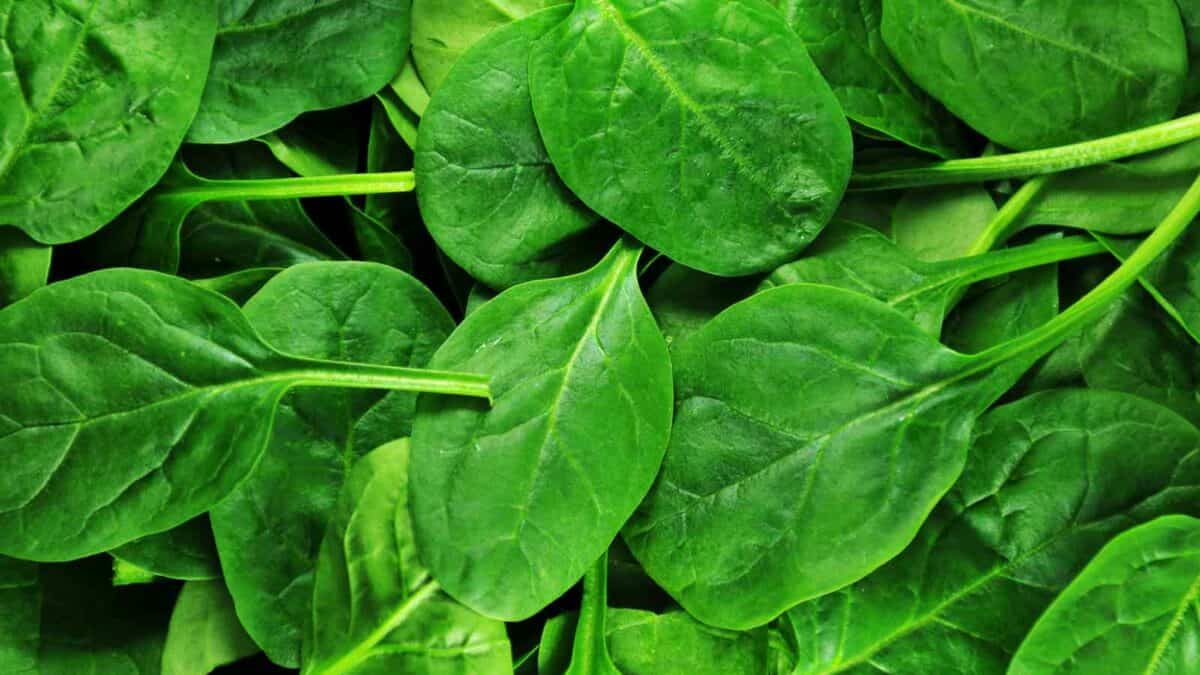
Opt for frozen spinach to maintain higher levels of iron and calcium. Fresh spinach can lose these vital nutrients quickly as it wilts. When you use it frozen, you don’t need to worry about eating it all before it gets slimy either.
Peas
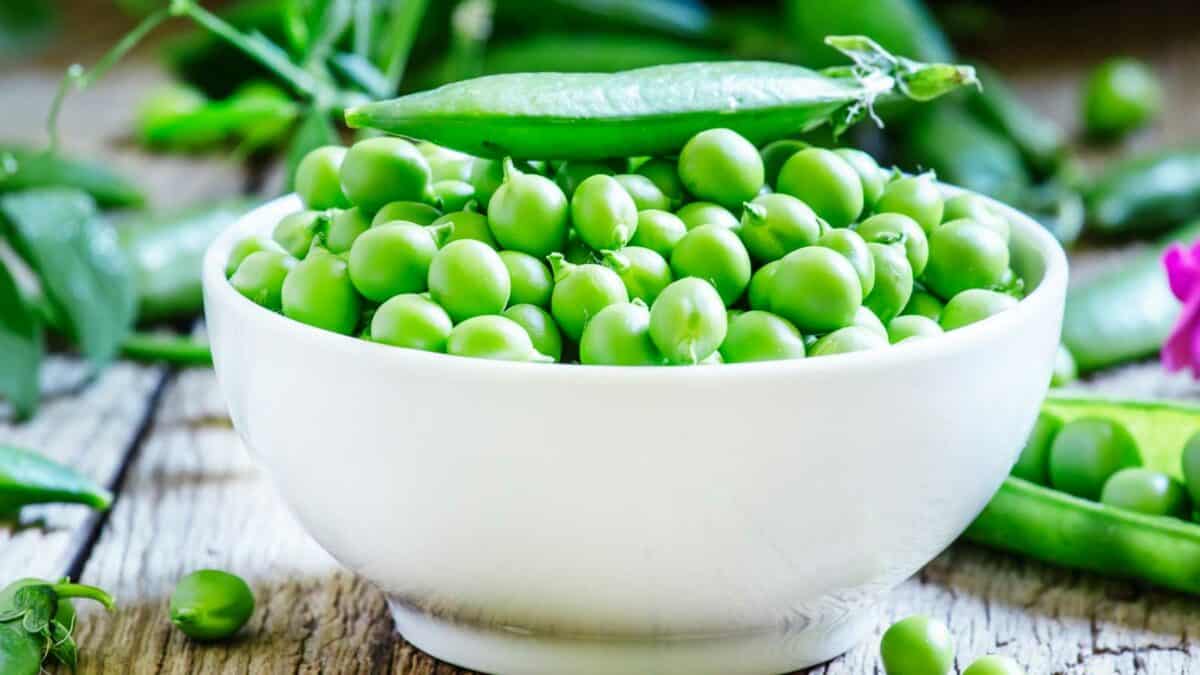
Peas start to lose their sweetness and nutritional value as soon as they are picked. Freezing peas right after harvest helps lock in that just-picked flavor and nutrients. Plus, they defrost incredibly quick in stir fries, soups and risotto for easy added nutrition and flavor.
Corn

Frozen corn captures the peak sweetness and juiciness of fresh corn, which otherwise loses its sugar content rapidly once harvested.
Fish
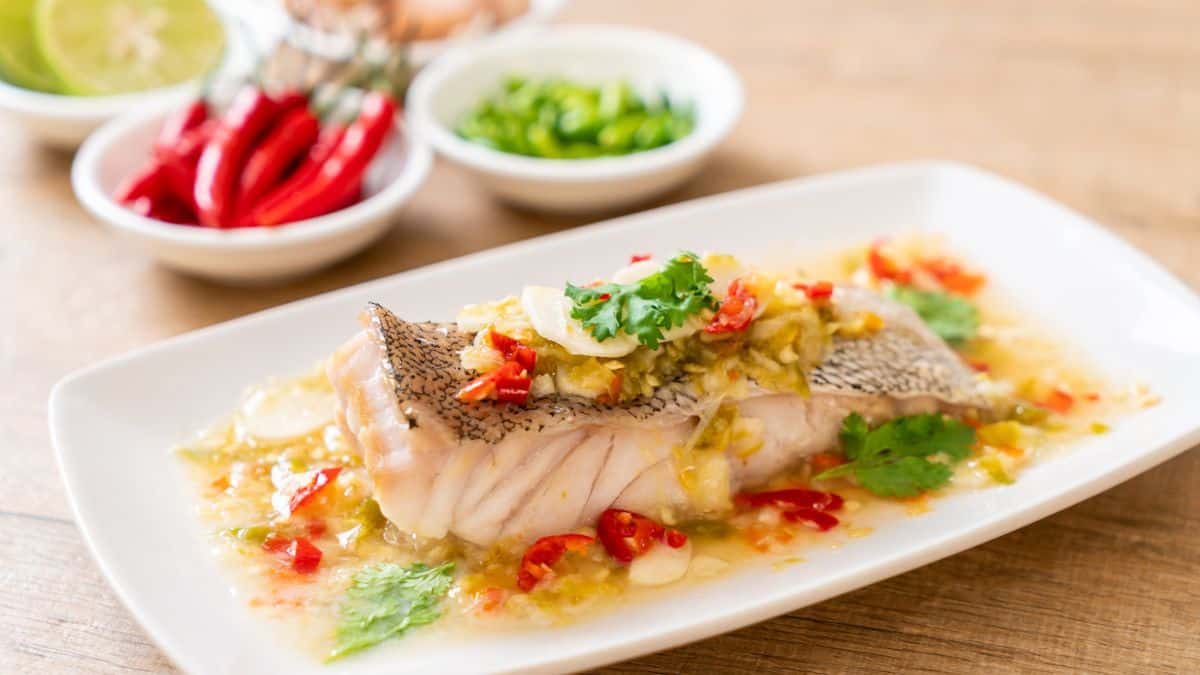
Frozen fish is often flash-frozen when caught, preserving its freshness and nutritional content far better than fresh fish, which may have already been frozen and thawed once for display. Plus, it’s an easy way to incorporate fish into your weekly meals without needing to buy it fresh that day. Try this frozen salmon dinner.
Shellfish

Freezing shellfish immediately after capture ensures they maintain their quality and flavor, which are lost rapidly if kept fresh for too long. Frozen shrimp are exceptionally great in quick meals like this shrimp lo mein.
Brussels Sprouts

Freezing Brussels sprouts right after harvesting ensures they retain their nutritional value and taste, plus frozen ones are often already trimmed and cleaned, saving you time.
Mixed Vegetables
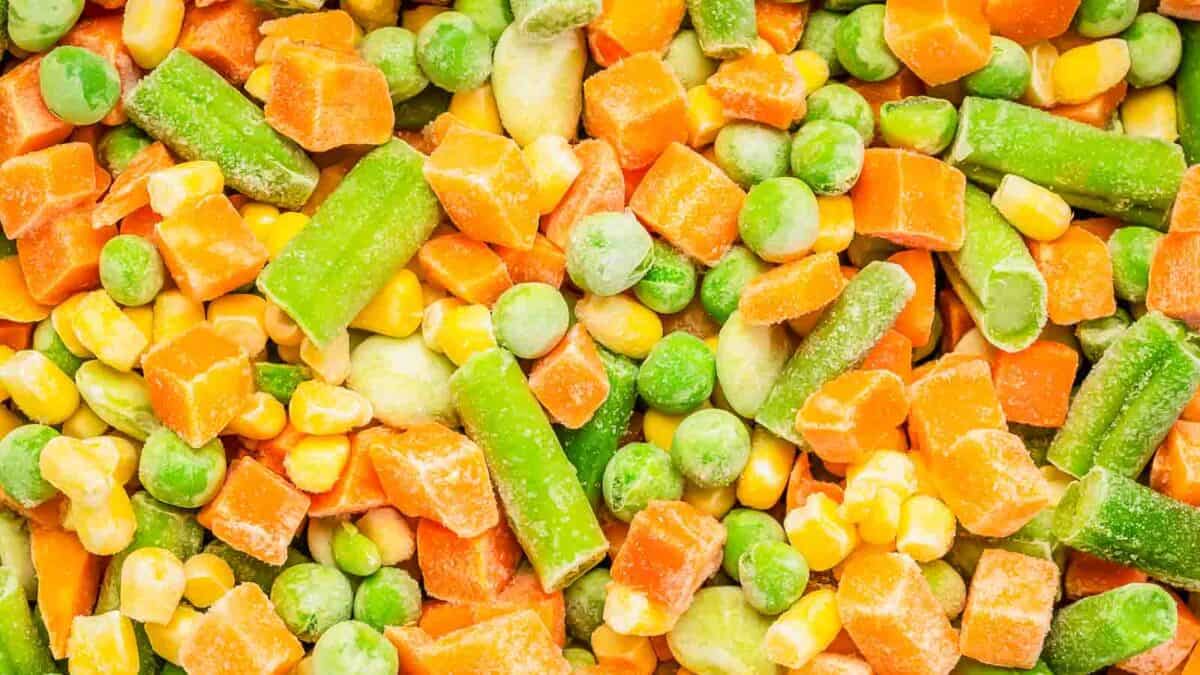
Buying mixed vegetables frozen means less prep and waste, making them a convenient and efficient option for healthy meals like fried rice.
Edamame

Frozen edamame stays fresh and retains its nutritional profile, providing a quick, healthy snack or side dish without the hassle of long prep times.
Cherries
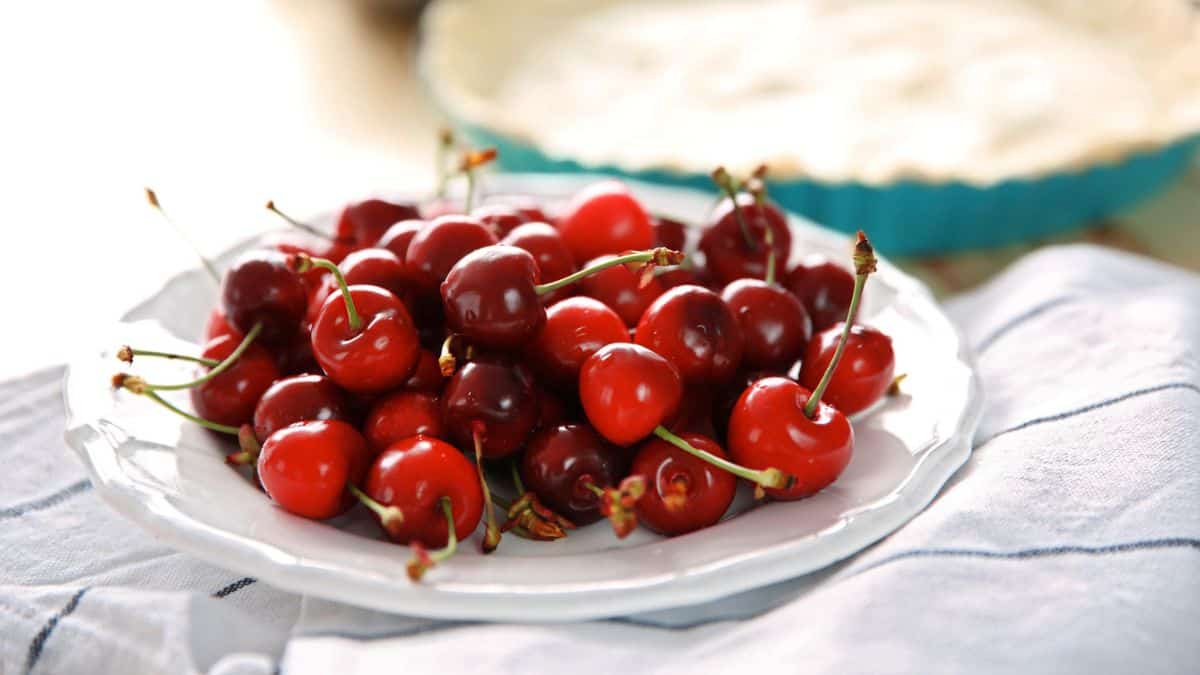
Cherries have a very short fresh season and can be pricey; frozen cherries are available year-round and are great for cooking and making smoothies without breaking the bank. A cherry crisp is the easiest dessert and perfect from frozen.
Mango

Frozen mango is not only often cheaper than fresh, especially when out of season, but it’s also perfect for smoothies, desserts, and as a quick frozen snack like this 5-minute frozen mango yogurt.
Butternut Squash
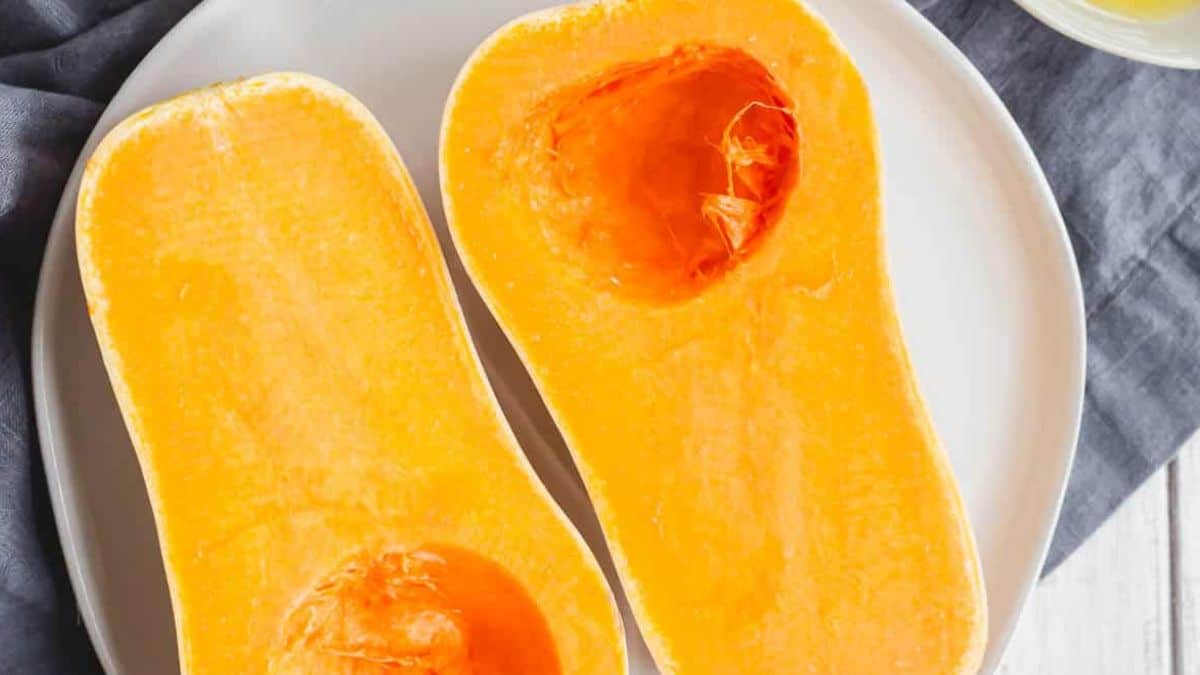
Pre-cut and frozen butternut squash saves you the trouble of tough peeling and chopping, plus it’s ready to throw into any recipe, even smoothies.
Cauliflower

Frozen cauliflower is just as nutritious as fresh and is perfect for quick meals; it’s great for mashing, making soups, or tossing in a veggie roast. If you use riced cauliflower as a lower-carb substitute, frozen is the way to go for convenience.
Green Beans
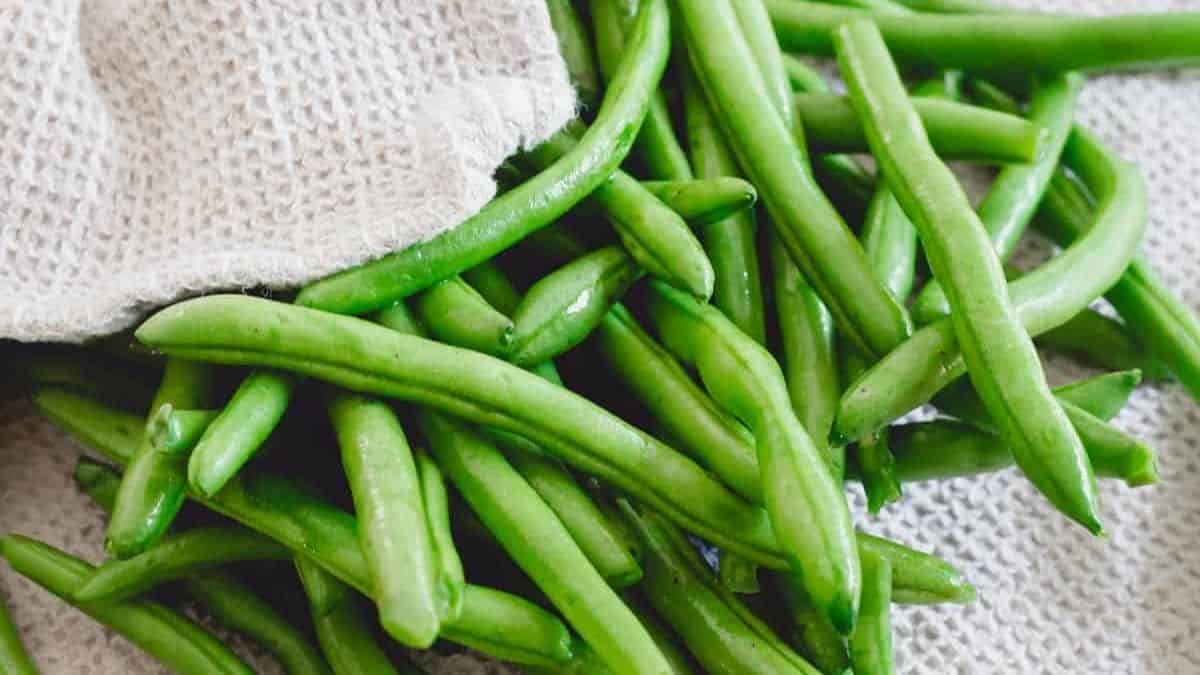
Freezing green beans locks in their crisp texture and nutrients, providing a consistently fresh and easy cooking experience, unlike the often limp fresh variety that’s been stored too long.
10 Frozen Veggies You Should Always Have at Home

Frozen veggies are a staple for easy, nutritious meals, especially when time is short. They’re perfect for beefing up a dinner side dish, making a smoothie, or even just getting some quick greens into your pasta. With the right selection on hand, you’ll always have a versatile and healthy option ready to go. Here are the top 10 frozen veggies you should keep in your freezer to simplify your cooking and ensure you’re eating well every day.
Read it Here: 10 Frozen Veggies You Should Always Have at Home
13 Of The Most Nutrient-Dense Foods You Can And Should Be Eating

When it comes to eating, we’ve all got a “calorie budget,” but let’s be honest, some of us are better at managing it than others. If you want to make the most of what you’re eating, you have to be diligent about investing those calories in the right places and getting the best bang for your buck with the foods you choose. Here are 13 of the most nutrient dense foods available. They give you the most nutritional value per bite and are what you should be focusing on when you load up your plate each day to maximize your health span.
Read it Here: 13 Of The Most Nutrient-Dense Foods You Can And Should Be Eating
Select images provided by Depositphotos.
Gina Matsoukas is an AP syndicated writer. She is the founder, photographer and recipe developer of Running to the Kitchen — a food website focused on providing healthy, wholesome recipes using fresh and seasonal ingredients. Her work has been featured in numerous media outlets both digital and print, including MSN, Huffington post, Buzzfeed, Women’s Health and Food Network.












